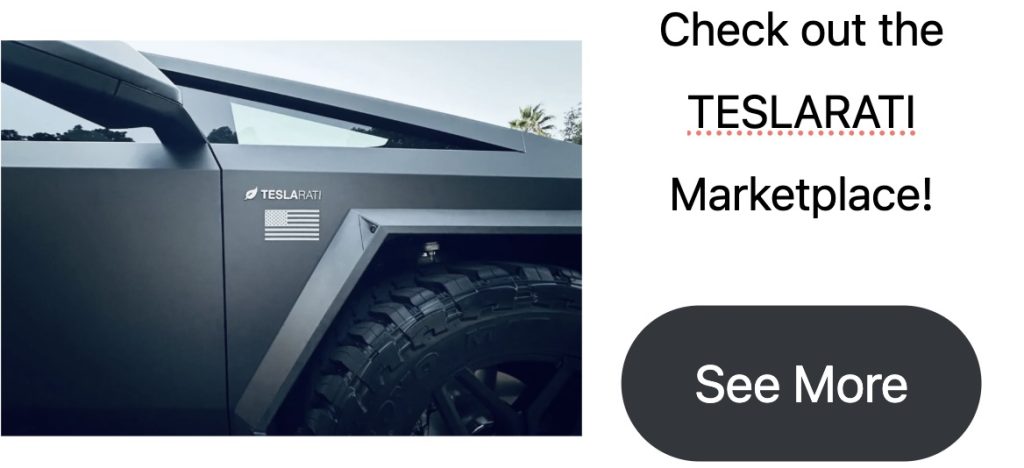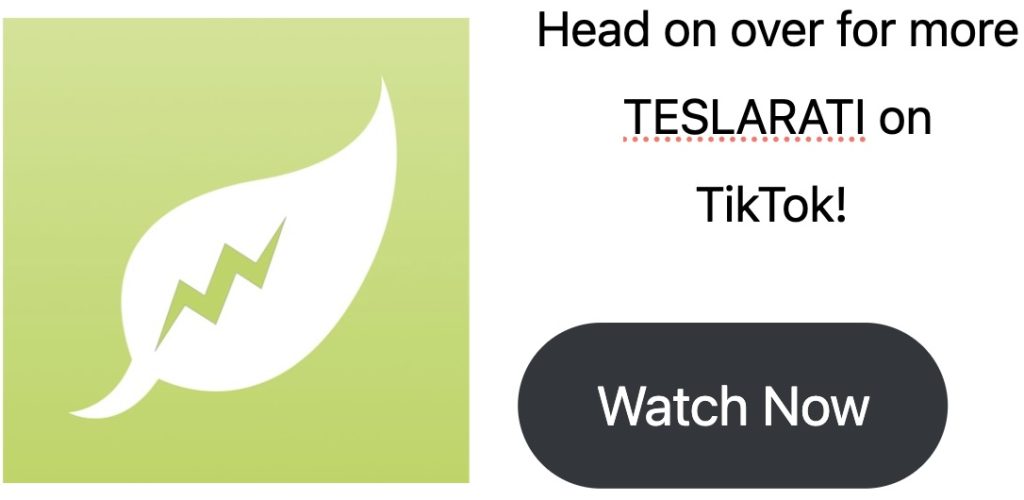General Motors (GM) has announced plans to cut funding for its driverless robotaxi company Cruise, in a major pivot away from the commercial robotaxi business toward autonomy development in the company’s personal vehicles.
On Tuesday, GM announced plans to cut funding for Cruise and bring its autonomy development program in-house to its own vehicles, as detailed in a press release. In departing from commercial robotaxi development, the company will instead focus on building out Super Cruise, its “hands-off, eyes-on” driver assistance system, which it says is available in over 20 GM vehicles and logs more than 10 million miles per month.
“Consistent with GM’s capital allocation priorities, GM will no longer fund Cruise’s robotaxi development work given the considerable time and resources that would be needed to scale the business, along with an increasingly competitive robotaxi market,” GM writes in the post.
MORE ON CRUISE: GM’s self-driving arm Cruise hit with its latest fine over crash response
Currently, GM has a roughly 90-percent stake in Cruise, and it says it has agreements with other shareholders to bring that up to over 97 percent, before acquiring any remaining shares and restructuring.
“GM is committed to delivering the best driving experiences to our customers in a disciplined and capital efficient manner,” GM CEO Mary Barra said. “Cruise has been an early innovator in autonomy, and the deeper integration of our teams, paired with GM’s strong brands, scale, and manufacturing strength, will help advance our vision for the future of transportation.”
GM plans to work closely with the Cruise leadership team on restructuring and refocusing Cruise’s operations, which it says it expects will decrease spending by over $1 billion per year upon completion. The automaker also says it expects to complete the plan proposal within the first half of 2025, contingent upon the company’s repurchase of shares and Cruise board approval.
“As the largest U.S. automotive manufacturer, we’re fully committed to autonomous driving and excited to bring GM customers its benefits – things like enhanced safety, improved traffic flow, increased accessibility, and reduced driver stress,” says Dave Richardson, SVP of Software and Services Engineering at GM.
The news comes after the company in September said that it was aiming to re-launch paid driverless ride-hailing services with Cruise in the coming months, following an accident involving one of its robotaxis last October that brought with it mass staff shake-ups and legal trouble.
Cruise Founder Kyle Vogt, who resigned from the company after the aforementioned accident last October, responded to the news of GM cutting funding in a post on X:
In case it was unclear before, it is clear now: GM are a bunch of dummies.
It also comes amidst competition from Google-owned Waymo, Amazon’s Zoox, and others in the emerging driverless ride-hailing industry, as well as Tesla, which unveiled the Cybercab robotaxi in October, set to be based on its Full Self-Driving (FSD) software.
Will Tesla license FSD to GM, BMW, and others?
For years now, many in the Tesla community have suggested that the company could someday license its FSD software to other automakers, once it shifts from Supervised to Unsupervised. It’s interesting to see GM pivot toward an autonomy development model that prioritizes data from customer vehicles, especially following Tesla’s long-anticipated launch of its own robotaxi platform, the Cybercab.
Elon Musk has said many times that the company could and would license FSD to other automakers, though no such partnerships have yet been disclosed. Following a recent video posted on X of the latest version of FSD Supervised, v13.2, the official BMW account responded to another user, affirming that the video was “very impressive.”
https://twitter.com/BMW/status/1866548798798844297
The quote elicited a response from Tesla’s main account, and it has reignited discussions around whether the company would license FSD to other companies. Between that and GM ending funding for Cruise and citing “increased competition” as a factor, it’s probably safe to say that Tesla could be inching closer to making FSD licensing deals a reality.
What are your thoughts? Let me know at zach@teslarati.com, find me on X at @zacharyvisconti, or send us tips at tips@teslarati.com.
Cruise ordered to pay max penalty for delayed accident report


News
Tesla begins Robotaxi certification push in Arizona: report
Tesla seems serious about expanding its Robotaxi service to several states in the coming months.

Tesla has initiated discussions with Arizona transportation regulators to certify its driverless Robotaxi service in the state, as per a recent report from Bloomberg News. The move follows Tesla’s launch of its Robotaxi pilot program in Austin, Texas, as well as CEO Elon Musk’s recent comments about the service’s expansion in the Bay Area.
The Arizona Department of Transportation confirmed to Bloomberg that Tesla has reached out to begin the certification process for autonomous ride-sharing operations in the state. While details remain limited, the outreach suggests that Tesla is serious about expanding its driverless Robotaxi service to several territories in the coming months.
The Arizona development comes as Tesla prepares to expand its service area in Austin this weekend, as per CEO Elon Musk in a post on X. Musk also stated that Tesla is targeting the San Francisco Bay Area as its next major market, with a potential launch “in a month or two,” pending regulatory approvals.
Tesla first launched its autonomous ride-hailing program on June 22 in Austin with a small fleet of Model Y vehicles, accompanied by a Tesla employee in the passenger seat to monitor safety. While still classified as a test, Musk has said the program will expand to about 1,000 vehicles in the coming months. Tesla will later upgrade its Robotaxi fleet with the Cyercab, a two-seater that is designed without a steering wheel.
Sightings of Cybercab castings around the Giga Texas complex suggests that Tesla may be ramping the initial trial production of the self-driving two-seater. Tesla, for its part, has noted in the past that volume production of the Cybercab is expected to start sometime next year.
In California, Tesla has already applied for a transportation charter-party carrier permit from the state’s Public Utilities Commission. The company is reportedly taking a phased approach to operating in California, with the Robotaxi service starting with pre-arranged rides for employees in vehicles with safety drivers.
News
Tesla sets November 6 date for 2025 Annual Shareholder Meeting
The automaker announced the date on Thursday in a Form 8-K.

Tesla has scheduled its 2025 annual shareholder meeting for November 6, addressing investor concerns that the company was nearing a legal deadline to hold the event.
The automaker announced the date on Thursday in a Form 8-K submitted to the United States Securities and Exchange Commission (SEC). The company also listed a new proposal submission deadline of July 31 for items to be included in the proxy statement.
Tesla’s announcement followed calls from a group of 27 shareholders, including the leaders of large public pension funds, which urged Tesla’s board to formally set the meeting date, as noted in a report from The Wall Street Journal.
The group noted that under Texas law, where Tesla is now incorporated, companies must hold annual meetings within 13 months of the last one if requested by shareholders. Tesla’s previous annual shareholder meeting was held on June 13, 2024, which placed the July 13 deadline in focus.
Tesla originally stated in its 2024 annual report that it would file its proxy statement by the end of April. However, an amended filing on April 30 indicated that the Board of Directors had not yet finalized a meeting date, at least at the time.
The April filing also confirmed that Tesla’s board had formed a special committee to evaluate certain matters related to CEO Elon Musk’s compensation plan. Musk’s CEO performance award remains at the center of a lengthy legal dispute in Delaware, Tesla’s former state of incorporation.
Due to the aftermath of Musk’s legal dispute about his compensation plan in Delaware, he has not been paid for his work at Tesla for several years. Musk, for his part, has noted that he is more concerned about his voting stake in Tesla than his actual salary.
At last year’s annual meeting, TSLA shareholders voted to reapprove Elon Musk’s compensation plan and ratified Tesla’s decision to relocate its legal domicile from Delaware to Texas.
Elon Musk
Grok coming to Tesla vehicles next week “at the latest:” Elon Musk
Grok’s rollout to Tesla vehicles is expected to begin next week at the latest.

Elon Musk announced on Thursday that Grok, the large language model developed by his startup xAI, will soon be available in Tesla vehicles. Grok’s rollout to Tesla vehicles is expected to begin next week at the latest, further deepening the ties between the two Elon Musk-led companies.
Tesla–xAI synergy
Musk confirmed the news on X shortly after livestreaming the release of Grok 4, xAI’s latest large language model. “Grok is coming to Tesla vehicles very soon. Next week at the latest,” Musk wrote in a post on social media platform X.
During the livestream, Musk and several members of the xAI team highlighted several upgrades to Grok 4’s voice capabilities and performance metrics, positioning the LLM as competitive with top-tier models from OpenAI and Google.
The in-vehicle integration of Grok marks a new chapter in Tesla’s AI development. While Tesla has long relied on in-house systems for autonomous driving and energy optimization, Grok’s integration would introduce conversational AI directly into its vehicles’ user experience. This integration could potentially improve customer interaction inside Tesla vehicles.
xAI and Tesla’s collaborative footprint
Grok’s upcoming rollout to Tesla vehicles adds to a growing business relationship between Tesla and xAI. Earlier this year, Tesla disclosed that it generated $198.3 million in revenue from commercial, consulting, and support agreements with xAI, as noted in a report from Bloomberg News. A large portion of that amount, however, came from the sale of Megapack energy storage systems to the artificial intelligence startup.
In July 2023, Musk polled X users about whether Tesla should invest $5 billion in xAI. While no formal investment has been made so far, 68% of poll participants voted yes, and Musk has since stated that the idea would be discussed with Tesla’s board.
-

 Elon Musk1 week ago
Elon Musk1 week agoTesla investors will be shocked by Jim Cramer’s latest assessment
-

 Elon Musk3 days ago
Elon Musk3 days agoElon Musk confirms Grok 4 launch on July 9 with livestream event
-

 Elon Musk14 hours ago
Elon Musk14 hours agoxAI launches Grok 4 with new $300/month SuperGrok Heavy subscription
-

 News7 days ago
News7 days agoTesla Model 3 ranks as the safest new car in Europe for 2025, per Euro NCAP tests
-

 Elon Musk2 weeks ago
Elon Musk2 weeks agoA Tesla just delivered itself to a customer autonomously, Elon Musk confirms
-

 Elon Musk1 week ago
Elon Musk1 week agoxAI’s Memphis data center receives air permit despite community criticism
-

 Elon Musk2 weeks ago
Elon Musk2 weeks agoTesla’s Omead Afshar, known as Elon Musk’s right-hand man, leaves company: reports
-

 News2 weeks ago
News2 weeks agoXiaomi CEO congratulates Tesla on first FSD delivery: “We have to continue learning!”

















